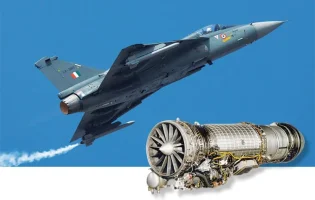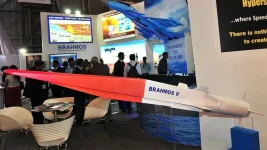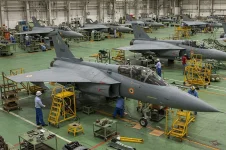- Views: 4K
- Replies: 12
Following extensive diplomatic and strategic negotiations over several months, India is understood to be nearing the final stages of approving Armenia's request to acquire the 'Pralay' surface-to-surface tactical ballistic missile.
Reports suggest that an agreement, which has been under discussion for a considerable period, could be concluded shortly, signifying a major development in the expanding defence relationship between India and Armenia.
The 'Pralay' missile system represents advanced Indian military technology, developed domestically by the Defence Research and Development Organisation (DRDO). It is engineered for highly accurate strikes against important enemy installations.
Featuring a quasi-ballistic flight path and sophisticated guidance mechanisms, the Pralay is designed to overcome enemy air defence systems effectively. Recently completing its development trials, the missile system is being inducted into India's own armed forces, underscoring its reliability and effectiveness.
However, owing to India's international commitments as a member of the Missile Technology Control Regime (MTCR), the Pralay variant offered to Armenia will feature a restricted range. Sources indicate this range will be capped at 290 kilometres.
The MTCR is a multinational agreement designed to curb the spread of missile technology suitable for delivering weapons of mass destruction. As a signatory, India follows the regime's rules, which generally limit the export range of such missiles to under 300 kilometres. This modified Pralay allows India to meet Armenia's defence requirements while adhering strictly to its international obligations.
Armenia's interest in acquiring the Pralay system arises amidst ongoing regional instability, particularly concerning its long-standing conflict with neighbouring Azerbaijan over the Nagorno-Karabakh territory. Periodic flare-ups in this dispute highlight the need for modern military capabilities.
A missile with a 290-kilometre reach would permit Armenian forces to target strategic locations well within potential adversary territory, thereby bolstering its national defence and deterrence posture.
This potential missile agreement represents a continuation of India's strengthening defence cooperation with Armenia. In recent times, India has become an important source of military equipment for the Eurasian nation, having previously supplied items such as Pinaka multi-barrel rocket launchers, artillery guns, anti-tank munitions, and radar systems.
Securing the Pralay deal would significantly elevate this defence partnership, showcasing India's emergence as a reliable defence exporter and its strategic engagement in the Caucasus region.
Discussions leading up to this point have reportedly covered crucial aspects including the missile's technical configuration, financial terms, and the wider geopolitical context.
Although the precise financial value of the potential contract has not been made public, the acquisition is anticipated to provide a substantial enhancement to Armenia's military strength.
While Indian authorities have not released official details, the progression towards final approval indicates that both nations have successfully navigated complex negotiations to arrive at an arrangement beneficial to both sides.




